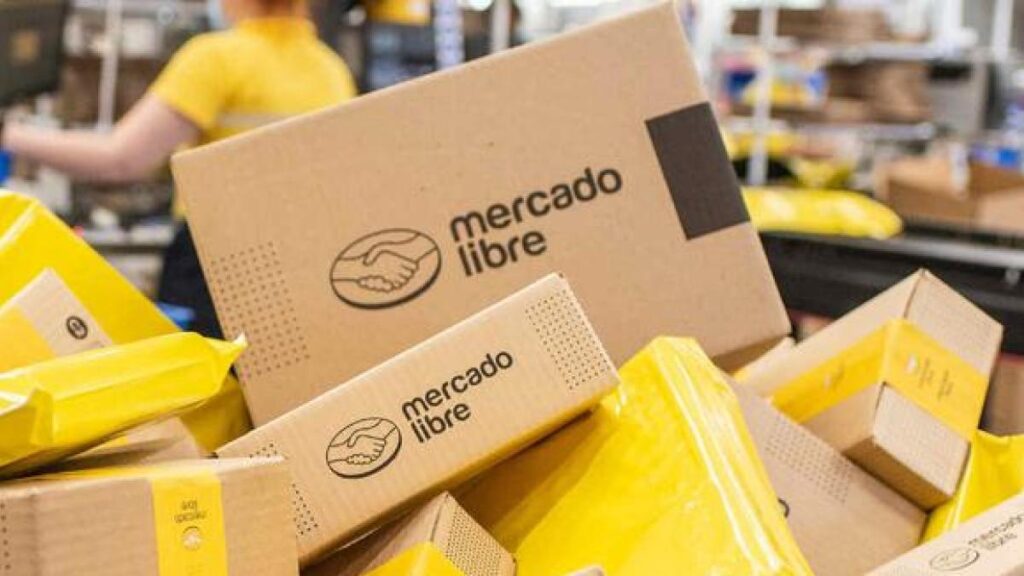Background on Mercado Libre and its Significance
Mercado Libre, a prominent Latin American e-commerce company, reported its second-quarter net profit on Monday. The company operates an e-commerce platform and fintech service, Mercado Pago, and sells in nearly 20 countries across Latin America. Its significance lies in its substantial market presence and rapid growth, making it a key player in the region’s digital economy.
Q2 Financial Performance
Net Income: Mercado Libre’s net profit for the quarter ending June fell by 1.5% interannually to $523 million, falling short of analyst expectations of $596 million. This decline can be attributed to the expansion of free shipping in Brazil, which boosted sales but also impacted profit margins.
Revenue: Total revenue reached $6.8 billion, marking a 34% increase from the previous year and surpassing analyst estimates of $6.7 billion. The value of goods sold increased by 37% on a neutral currency basis.
Brazil’s Role in Mercado Libre’s Growth
Brazil, Mercado Libre’s largest market alongside Mexico, contributed to a 31% increase in total items sold during the quarter—the fastest interannual growth since mid-2021. However, this expansion also affected profit margins according to Chief Financial Officer Martin de los Santos.
Strategic Decisions and Their Impact
In early June, Mercado Libre lowered the minimum purchase threshold for free shipping in Brazil and reduced shipping costs for businesses and sellers on its platform amid fierce competition in the country’s e-commerce sector.
Despite the impact on margins, de los Santos expressed optimism about long-term profitability: “We don’t want to miss the growth opportunities that present themselves… This might cause some structural pressure on margins, but we are very optimistic about our long-term profitability trajectory.”
Key Financial Metrics
EBIT (Earnings Before Interest and Taxes): EBIT reached a record high of $825 million but still missed market expectations of $869 million. The EBIT margin dropped to 12.2% from 14.3% in the previous year.
Credit Portfolio and Delinquency: Mercado Libre’s fintech division expanded its credit portfolio by 91% to $9.3 billion, while the delinquency rate for loans due between 15 and 90 days fell by 1.5 percentage points to 6.7%, the lowest since the company began publishing this figure seven years ago.
Key Questions and Answers
- Q: Why did Mercado Libre’s net profit fall short of estimates?
A: The decline was primarily due to the expansion of free shipping in Brazil, which increased sales but also affected profit margins.
- Q: How did Mercado Libre’s revenue perform in Q2?
A: Total revenue reached $6.8 billion, marking a 34% increase from the previous year and surpassing analyst estimates.
- Q: What role did Brazil play in Mercado Libre’s Q2 performance?
A: Brazil, along with Mexico, contributed to a 31% increase in total items sold during the quarter, but also affected profit margins due to strategic decisions.
- Q: How did Mercado Libre’s key financial metrics fare in Q2?
A: EBIT reached a record $825 million but missed market expectations. The EBIT margin dropped to 12.2%, and the credit portfolio expanded by 91% to $9.3 billion.






